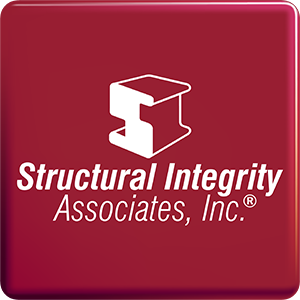What kind of water environments can the BG5 system be used in?
All aqueous environments including high purity/controlled purity water, fresh waters (hard and soft) brackish waters, seawater, most brines, contaminants such as oil can be accommodated. High suspended solids environments can be accommodated. The probe must be continuously wetted.
Is the BG5 system reliable for detecting scale formation in my system?
The BG5 system was designed to detect biofilms, not scale formation. The impact of scale deposits on the probe surface is that the measured applied current (IAPP) will decrease even below the baseline current. IAPP is the measured current during periodic cycles when the system applies a potential across the probe surface. Such instances of the IAPP decreasing below a baseline current should prompt the user to remove and examine the probe, possibly clean the scale off with gentle mechanical scrubbing, and then reinstall. Descalent chemicals added to the system would also remove scale deposits from the probe surface.
Is there a maximum flow rate for installations?
No. However, fluid velocity past the probe should be typical of the metal surfaces in the system where biofilm monitoring is desired; no special adjustments for flow are required (e.g. BG5 can monitor in stagnant or flowing systems).
Can water treatment chemicals be tolerated?
Yes, BG5 is compatible with water treatment chemicals, including biocides (oxidizing and non-oxidizing), deposit control agents, corrosion inhibitors, and most online cleaning solutions.
What is the maximum operating pressure for probe installations?
3000 psig for stainless steel probe bodies and 300 psig for PVC probe bodies.
What is the maximum operating temperature for probe installations?
Stainless steel body 50°-130°F (10 -54°C); PVC body 50°-120°F (10°-49°C).
How do I mount the probe in my system?
The probe electrode stack projects into the system to be monitored. Coupon racks, sample racks, dedicated threaded ports in heat exchangers, and other access points are acceptable. The probe electrode stack is mounted on either a 1-inch or 2-inch NPT pipe plug body which can then be installed into a receiving port with NPT threads.
Where should I install the probe in my system?
It is recommended to install the probe as close as reasonably achievable to the asset for which biofilm monitoring is desired. Avoid installations directly downstream from points of chemical treatment addition, as these locations may not be representative of the environment in the rest of the system further downstream.
How long is the standard data cable connecting the biofilm probe to the BG5 controller?
Standard data cables are 50 feet. Longer, custom cables >200 feet are available for special order.
What are the BG5 controller power requirements?
Compatible with 110V/60Hz and 240V/50Hz AC power supplies
How long is the AC/DC power adapter cord?
The AC/DC power adaptor cord length is 5 feet.
How long can the BG5 controller operate on battery power only?
The BG5 controller can operate for 6 months between battery charges.
How do I communicate with the BG5 system?
Communicate via the BG5 Controller front display buttons, a connected PC (through USB or network) running the BGConnect software, or a Bluetooth® enabled phone/tablet running the BGMobile App.
Can the BG5 system be installed outdoors and exposed to the elements?
The probe and connecting data cable are suitable for outdoor environments, however, the BG5 controller alone is designed for indoor installations. Weather-proof NEMA 4X enclosures are available to accommodate BG5 controller outdoor installations.
